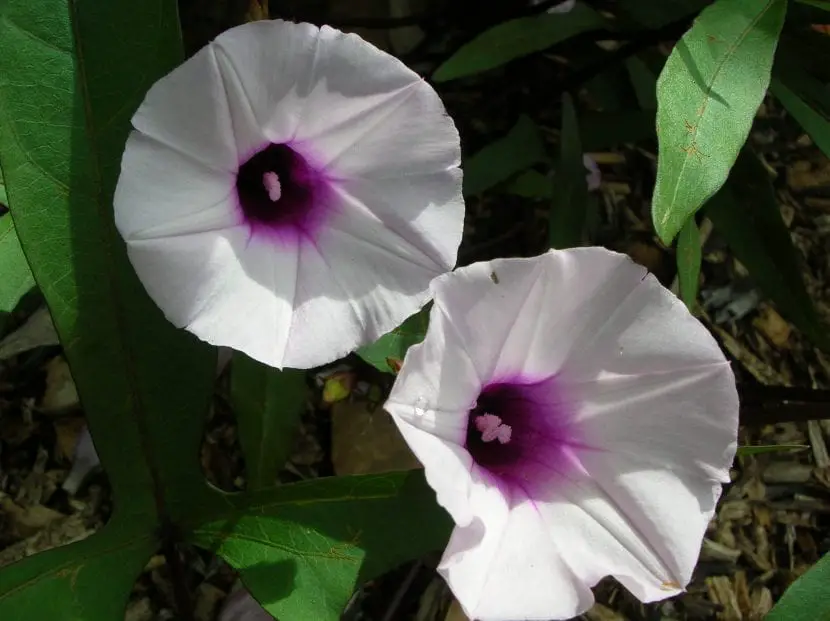

The flowers of plants have evolved to become the “cradle” of a new generation. Gently, as soon as the ovule is fertilized, it begins to mature, thus transforming into a fruit in which the seeds are found.
This process is carried out by all flowers, including those of the hermaphrodite plants. These are, without a doubt, the most useful for humans, as they allow you to save money as you will have less need to buy more copies. But, How are they different from the others?
What are the parts of a flower?


To understand what hemaphrodite plants are, it is first interesting to know the different parts of a flower. To help us, we can take a look at the image above.
- Flower stalk: unites the flower with the stem.
- Floral wrap: it is a set of leaves that protect the reproductive organs. It is made up:
- Calyx: it is made up of little green daughters called sepals that are on the outside of the flower.
- Corolla: it is the flower itself. It is made up of leaves that can be of different colors that have the function of attracting pollinators.
- Reproductive organs:
- Gineceo: It is the feminine part of the flower.
- Stigma: it is the one in charge of receiving the pollen.
- Style: uphold the stigma.
- Ovary: if the flower is pollinated, the ovary will mature into a fruit inside which the seeds will be found.
- Androecium: it is the male part of the flower.
- Anther: contains pollen within cavities called pollen sacs.
- Filament: it is a very thin stem from which the anther arises.
- Gineceo: It is the feminine part of the flower.
Depending on what type of flower they have, we can say that they are:
- Monoecious plants: are those that have male and female flowers in the same specimen, such as rice, wheat or corn.
- Dioecious plants: they are unisexual, that is, each specimen has male or female flowers, such as papaya or kiwi.
And finally, we have hermaphroditic plants.
What are hermaphroditic plants?
It is a group of plants that have the female and male organs in the same flower. This means that when we see them, we will find both the stamens with their anthers, as well as the stigma. Unlike the rest, hermaphrodites self-pollinate on their own, without the need for a pollinating insect.
Some examples are:
Did you know what hermaphrodite plants were?
